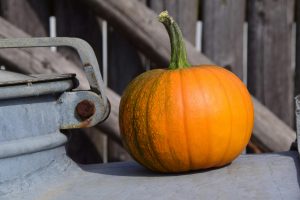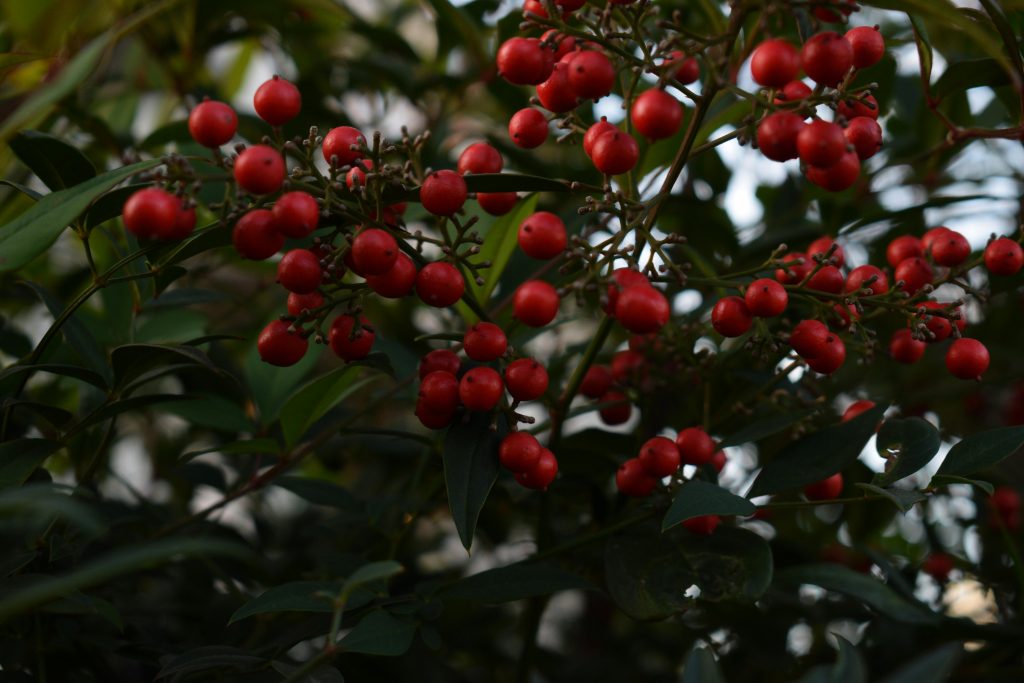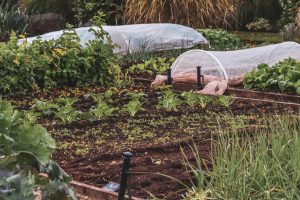
Pumpkin Growth Hack: Fertigation Tips for Halloween Patch Success
October is the season of pumpkins. From farmers preparing their harvest for markets, to landscapers designing festive displays, to families visiting pumpkin patches for Halloween

Fall is one of the most important seasons for fertilizer application, yet it often raises questions among homeowners, landscapers, and farmers. As temperatures drop and plants prepare for dormancy, is it still worthwhile to apply fertilizers? Or is it too late to make a difference before winter sets in? The truth is that fall fertilization—when done strategically—is one of the most effective steps you can take to prepare your lawn, garden, or crops for long-term health. Even if you’ve delayed, the right finishing moves can still yield results that carry into the next growing season.
Plants don’t stop growing overnight when fall arrives. Lawns continue developing roots even after top growth slows, and perennial plants store nutrients to survive the winter. Soil also undergoes biological processes during cooler months that affect nutrient availability for the next season. Fertilizer applications in fall replenish essential nutrients and strengthen plants, ensuring they are resilient during dormancy and ready for vigorous spring growth.
For farmers, fall applications reduce the pressure of springtime workloads. Instead of scrambling to apply all nutrients at planting, nutrients can be incorporated into the soil well ahead of time. For homeowners and landscapers, fall fertilization improves turf density, reduces weeds, and builds stronger root systems that withstand cold and stress.
The short answer is no—it’s rarely too late. While timing matters, the benefits of late fall fertilization remain substantial as long as the ground is not frozen and plants are not completely dormant. In fact, a “late fall” or “winterizer” application is often recommended by turf specialists. These applications focus less on immediate green growth and more on nutrient storage within roots.
For lawns, applying a balanced fertilizer such as the 10-10-10 Complete Lawn and Garden Fertilizer with Micronutrients in late fall provides reserves of nitrogen, phosphorus, and potassium that grass will use when growth resumes in spring. For crops, finishing moves with nutrients like potassium from Muriate of Potash 0-0-60 or calcium from Calcium Nitrate 15.5-0-0 strengthen plant tissues and improve soil fertility over winter.
Plants respond differently to nutrients depending on the season. In spring and summer, nitrogen boosts leaf growth and rapid development. In fall, however, the emphasis shifts toward root growth and carbohydrate storage. Late fall fertilizers help:
This means that even if visible top growth slows, fertilizers applied in fall continue working invisibly below the surface.
Different fertilizers serve different purposes during fall. Choosing the right product ensures maximum benefit before winter.
The 10-10-10 Fertilizer with Micronutrients is a reliable finishing move for homeowners and landscapers. Equal parts nitrogen, phosphorus, and potassium ensure that lawns, perennials, and vegetable beds receive complete nutrition. Micronutrients address deficiencies that might otherwise limit plant recovery and spring vigor.
Supply Solutions Muriate of Potash 0-0-60 delivers concentrated potassium to strengthen roots and increase tolerance to cold, disease, and drought. Fall is the perfect time to apply it because potassium enhances energy storage and prepares plants for overwintering.
The 16-16-16 All-Purpose Granular Fertilizer is an excellent choice for heavy-feeding plants or areas that need a stronger nutrient boost. With higher concentrations of NPK, it encourages robust root and shoot systems going into winter.
For vegetable growers or fruiting plants that require extra calcium, Calcium Nitrate 15.5-0-0 helps prevent disorders like blossom-end rot while strengthening cell walls. Applying it before dormancy improves plant structure and sets the stage for healthier yields in the next season.
If you’re applying fertilizer late in fall, timing and technique are critical to maximizing benefits:
For lawns, the ideal window is typically late October through early December, depending on your region. For farmers, fall applications should align with harvest schedules and field preparation.
Homeowners and gardeners who fertilize in fall enjoy several advantages:
For example, applying 10-10-10 with Micronutrients in late fall ensures your lawn starts strong without needing immediate spring fertilizer applications.
For farmers, greenhouse operators, and landscaping companies, late fall fertilizer finishing moves provide strategic business advantages:
A landscaping business applying 16-16-16 Fertilizer in late fall, for instance, ensures that clients see immediate improvement once grass breaks dormancy.
Skipping fall fertilization may not kill plants outright, but it sets them back. Lawns may emerge patchy, crops may struggle with nutrient deficiencies, and soils may be less fertile. Without potassium reserves from products like Muriate of Potash, plants may be more vulnerable to winter damage. Skipping calcium inputs could lead to fruiting problems next season. Essentially, missing the fall window puts you at a disadvantage that requires more effort and expense to correct in spring.
It’s never truly too late for fall fertilizer finishing moves, as long as the ground hasn’t frozen and plants aren’t completely dormant. The nutrients you apply now continue working invisibly in the soil and root zones, strengthening plants for the winter ahead and ensuring a strong start next spring. Whether it’s a balanced option like 10-10-10 with Micronutrients, a resilience booster like Muriate of Potash 0-0-60, or a high-strength formula like 16-16-16 Fertilizer, these finishing touches make a big difference in long-term plant health.
Visit Supply Solutions LLC today to secure the right fertilizer for your finishing moves. To get in touch, reach us through our contact form, message us on Facebook, call 503-451-1622, or email sales@mysolutionssupply.com. With the right products and timing, fall fertilization is not too late—it’s the smart way to set up for next season’s success.

October is the season of pumpkins. From farmers preparing their harvest for markets, to landscapers designing festive displays, to families visiting pumpkin patches for Halloween

Fall soil care is about more than just replacing what crops, lawns, or gardens have consumed over the growing season. It is about setting the
Give us a call or visit our store, and we’ll help you find the right solution for your business.
© Supply Solutions LLC 2025